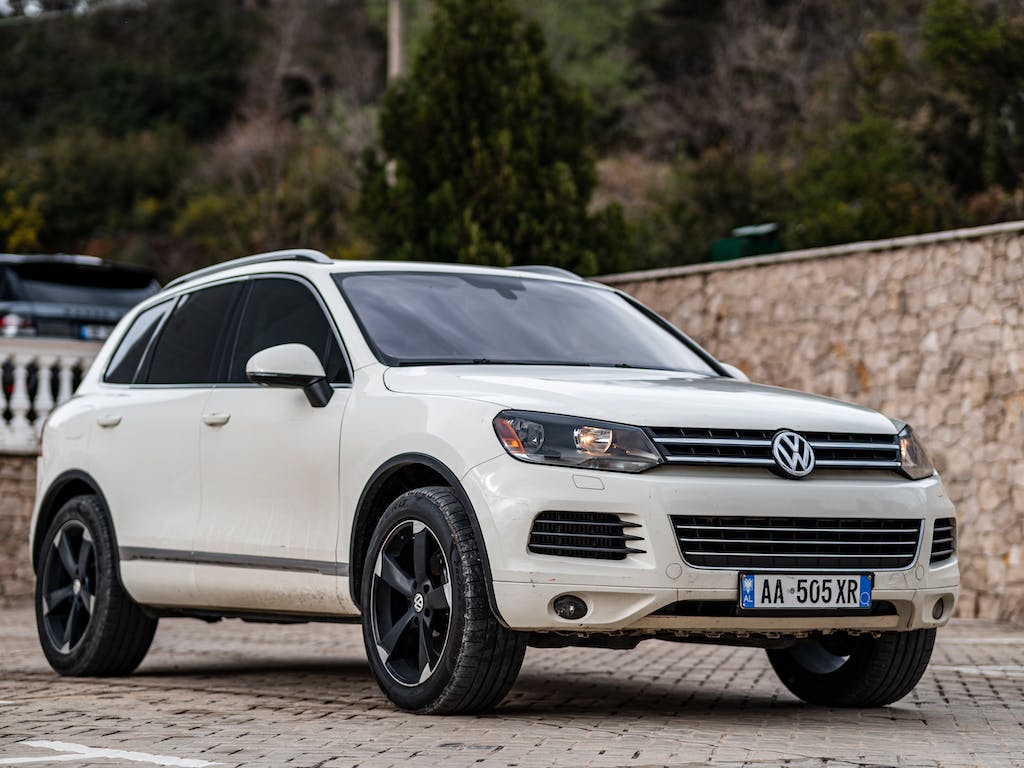On average, car insurance expenses are influenced by various factors beyond a fixed amount. Insurers consider elements such as your vehicle type and insurance history duration to determine your rate. Understanding these factors helps you acquire solid coverage while staying within your budget.
Here are four methods to help you save on auto insurance.
Compare Quotes
While car insurance companies consider common variables such as age, driving record, and location to compute premiums, the significance assigned to these factors can differ. This emphasizes the need to evaluate various rates. Geographic location significantly affects your premium. For example, a company with the most affordable rates in one state might not hold the same status in another. Moreover, the most budget-friendly option for a responsible driver with good credit may not apply to an individual with a DUI or a recent accident.
To reduce your car insurance expenses, obtain quotes from multiple insurers annually.
Utilize Car Insurance Discounts
Every insurance provider presents unique opportunities to reduce your car insurance premium. To ensure you’re maximizing all available discounts, explore your insurer’s dedicated discounts page and request your agent’s assistance in assessing potential savings.
For comprehensive information on the various discounts offered by insurers, refer to our car insurance discounts page. However, always remember to compare quotes tailored to your specific circumstances. Just because an insurer provides numerous discounts doesn’t necessarily translate to the most budget-friendly overall cost.
Practice Safe Driving
Speeding tickets, accidents, and other traffic infractions contribute to increased car insurance rates. If you receive a ticket, you might be presented with the option to attend traffic school, which could result in the dismissal of the ticket or a reduction in the number of points added to your driving record. By successfully preventing the violation from appearing on your record, the time spent in the classroom could potentially lead to great average annual car insurance savings.
Trim Unnecessary Car Insurance
For older, less valuable vehicles, reconsider maintaining collision and comprehensive insurance, which address vehicle damage. Collision coverage handles repair expenses if your car collides with another vehicle or object, or overturns. Comprehensive coverage addresses theft or damage due to factors like storms, vandalism, or animal collisions, such as with a deer.
If your car’s value falls below your deductible combined with your annual coverage cost, then it’s likely time to forego these coverages. Collision and comprehensive insurance never provide more than the vehicle’s value. Assess whether it’s worth investing in coverage that might offer minimal reimbursement, if any.

